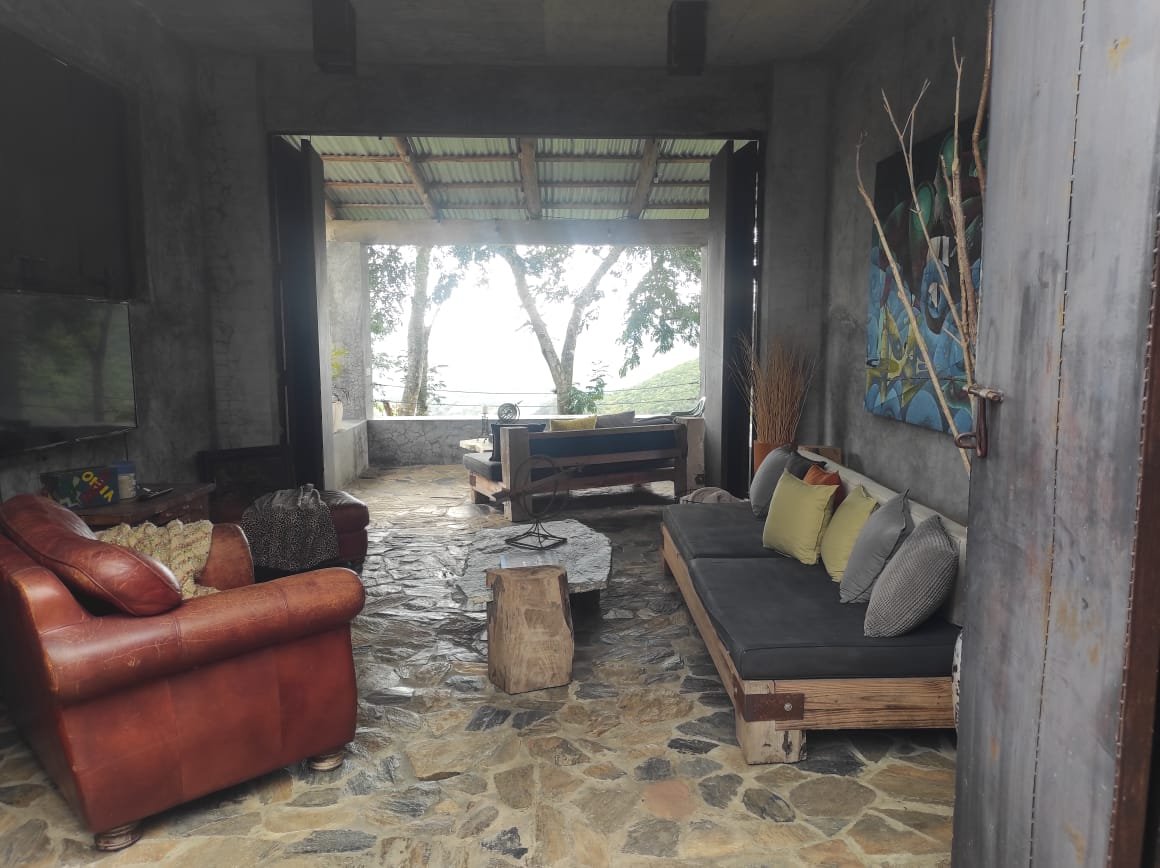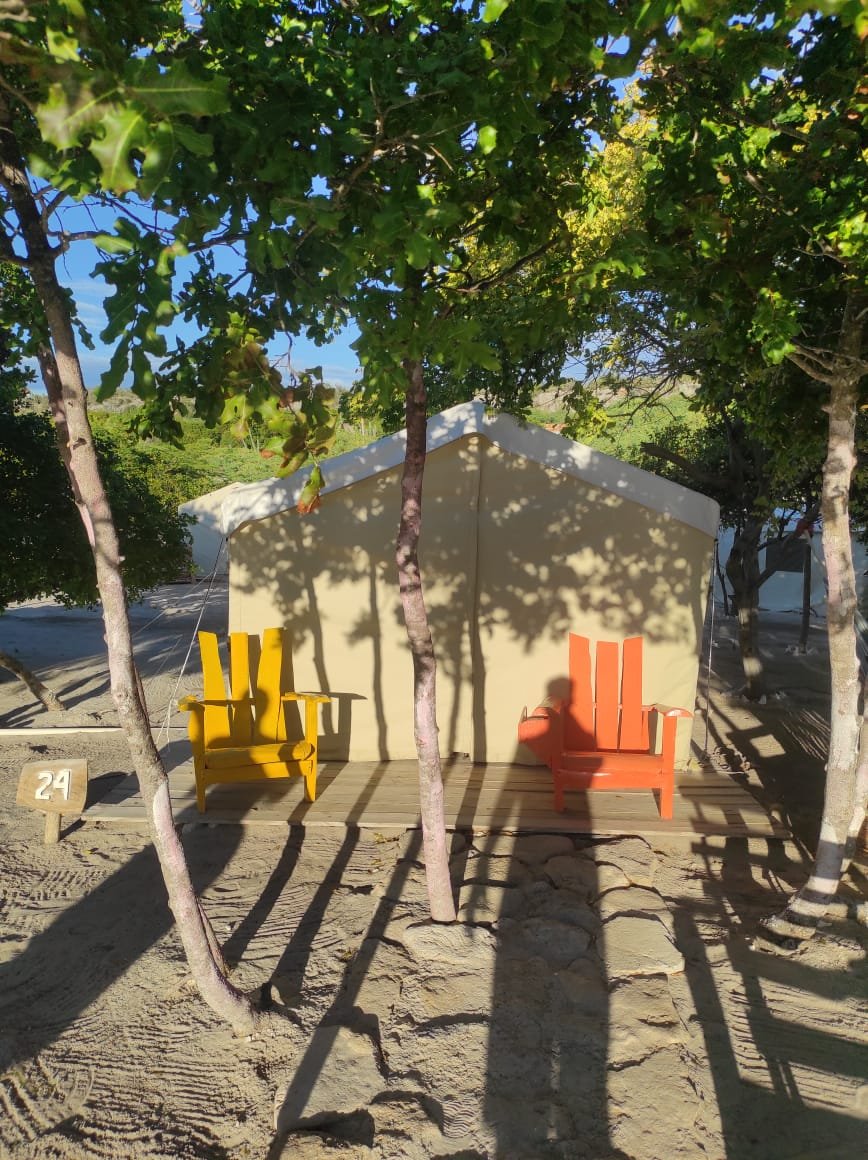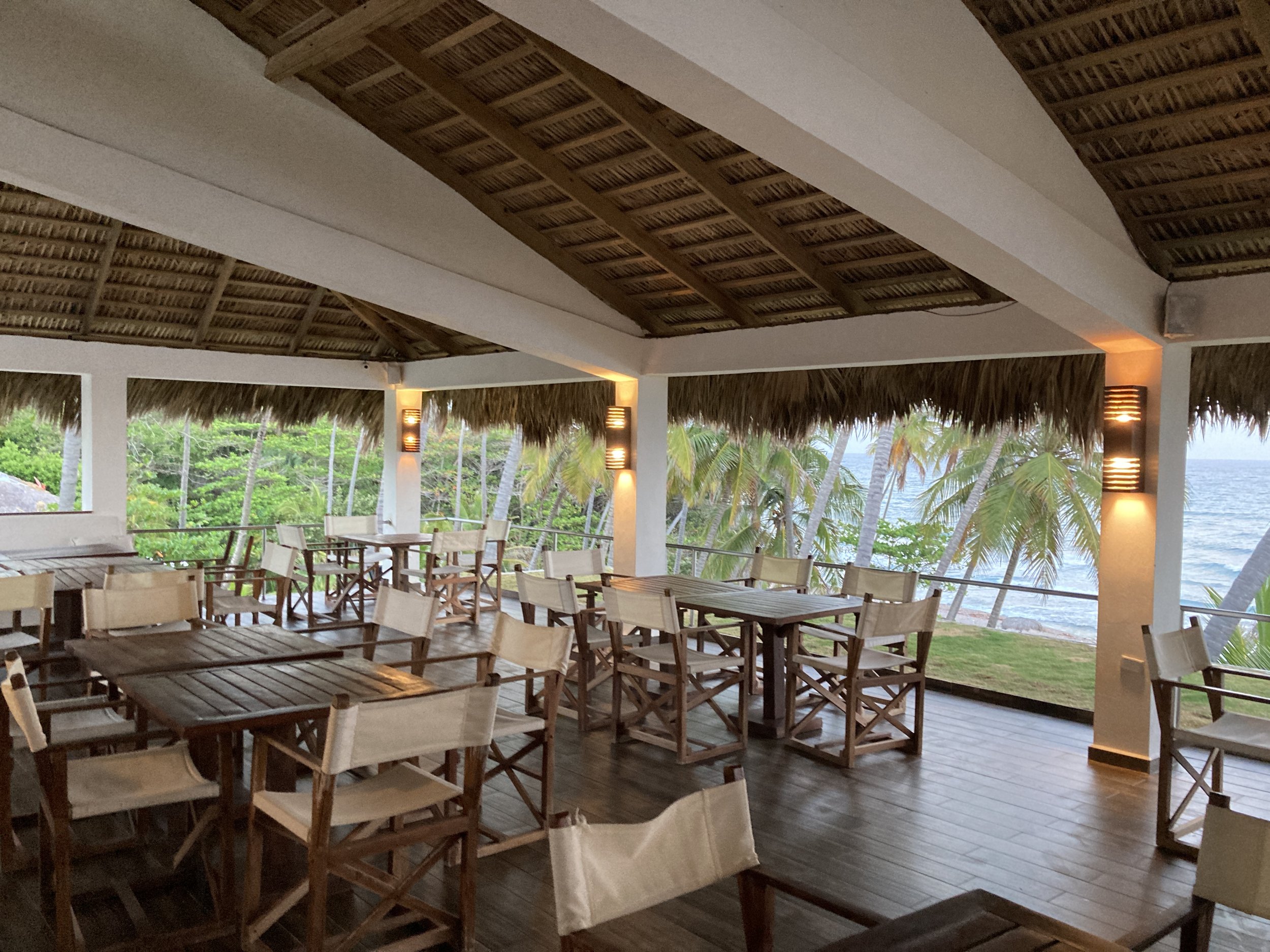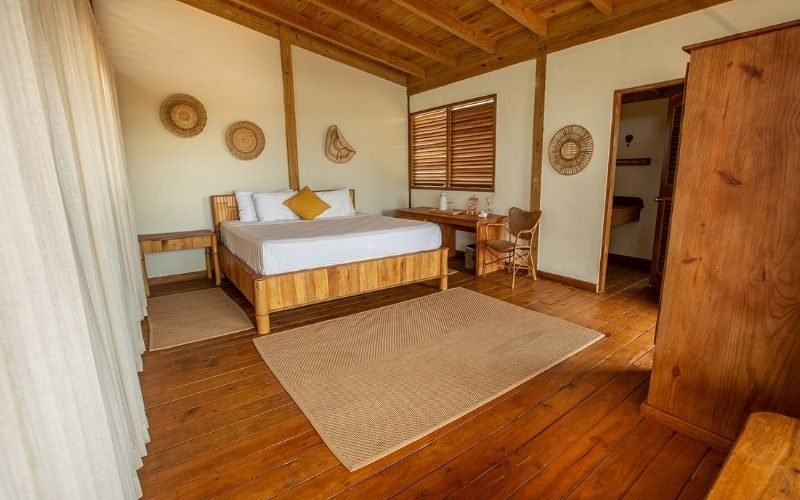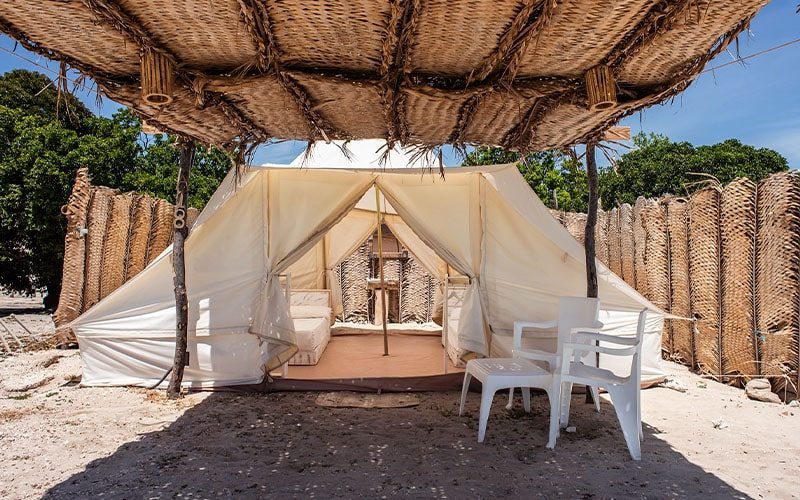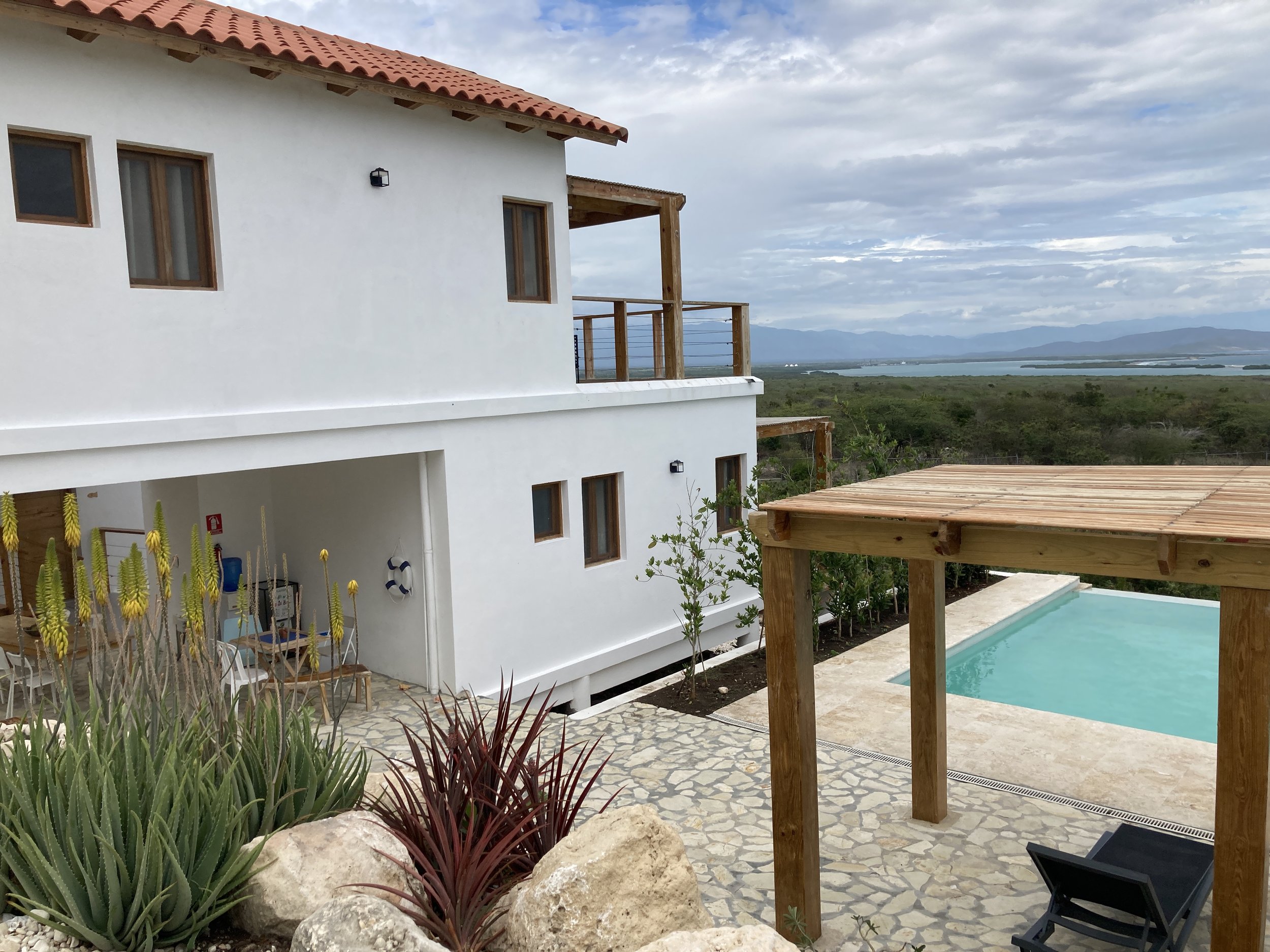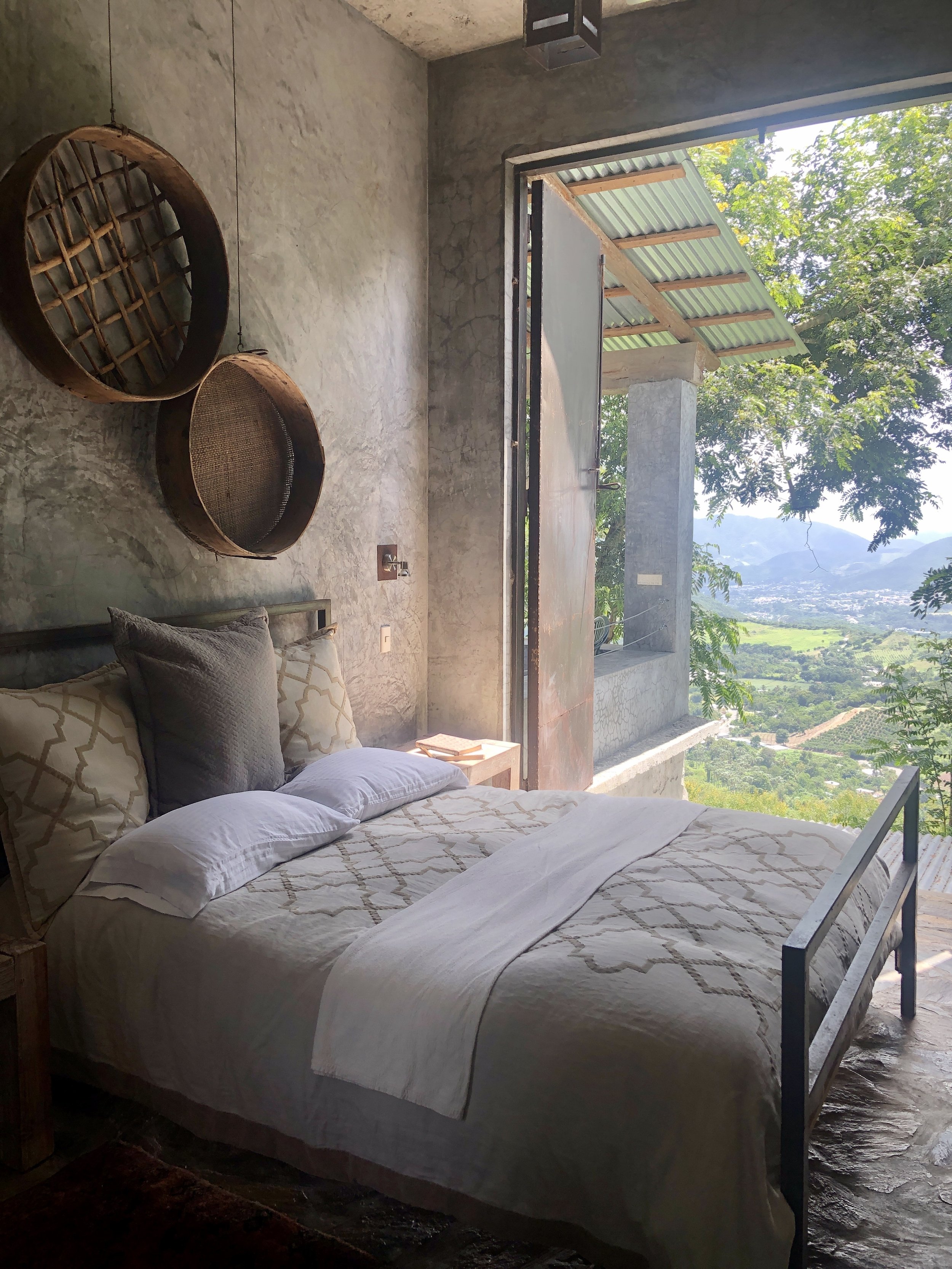The Deep South of the Dominican Republic: The Highlights
“Ya’ll, we fixin’ to go over yonder.
We won’t be back ‘till the cows come home.”
You might hear things like this in the deep south of the United States in places like Georgia, Alabama, South Carolina, Louisiana, or Mississippi. No one can deny that the south has its own captivating culture and lifestyle. The geography and food of the south brings visitors from all over to experience something special. The same is true for the deep south of the Dominican Republic, unique in its landscapes, gastronomy, vernacular, and culture.
Where is the deep south of the Dominican Republic? What is there and is it worth it to travel there?
Where is the Deep South of the Dominican Republic?
The Dominican Republic is made up of 31 provinces and one district, where Santo Domingo is located. We often refer to the southwest area of the Dominican Republic as the “deep south” or “el Sur profundo” in Spanish. That term would most commonly refer to the Barahona and Pedernales provinces. Independencia and Bahoruco provinces are also considered to be in the south. Our travels will occasionally take us through more provinces of the island, but the deep south is our home - our bread and butter you could say - so expect to see a lot of it.
What can I expect to see in the Deep South?
A little bit of everything is the short answer. From the cliffs to the coves, the Deep South has everything to offer including, rivers, lakes, lagoons, beaches, national parks, adventure experiences, rare wildlife, sand dunes, salt farms, luxury glamping, and so much more. We have gathered info on a few of these places to give you a taste of the south.
RIVERS
Bahoruco Rivers
The rivers that flow through the Bahoruco mountains have some spots that are worth seeing, even if some hiking is involved! Los Morones, Balneario La Plaza and La Ceuva de la Virgen are all magical areas to take a dip. The striking blue color of the water with waterfalls and large caverns brings visitors from all over. We suggest using a tour guide to get to these natural wonders.
Las Auyamas River
In the mountains near the town of Polo, flows the Rio de Las Auyamas. The highlight of this river is a place where the water pools at Mata de Maiz. Only accessible by a hike down the mountain, or a 4x4 vehicle, this is a real hidden treasure. Small waterfalls lead to a turquoise-colored deep pool that is perfect for an exhilarating swim. Surrounded by large rocks with a view of the Bahorucho mountains, this is truly an extraordinary place.
Nizalto River
Nizalto River starts in the Bahoruco mountains and ends in Paraiso. If you are looking for an adventure, stay at Platon Eco Lodge and go tubing on the river or ride their epic water slide. If you are just passing through, visit the Balneario Los Pocitos, where the river meets the sea for a refreshing dip in the cold water pools.
Los Patos
Los Patos’ (or The Ducks) claim to fame is that it is the shortest river in the Caribbean, flowing a mere 61 meters (about 200 feet). However, that is not the reason we suggest a visit. Los Patos is an iconic bathing area in the south. Visitors come from all over to experience this beautiful, slow-moving river that leads to the ocean. This area is a hot spot for locals. It livens up in the afternoons with people coming after a hot day to refresh themselves with a cold beer and a cool dip in the river.
ADVENTURE
Horseback Riding
Climb the hills on horseback at Altos de Caobita, outside of Azua, or in the Bahoruco mountains with Platon Eco Lodge in Paraiso.
River Tubing
Platon Eco Lodge in Paraiso has a river tubing activity as well as an epic waterslide in an inner tube.
Camping & Glamping
While there are many places in the south where you can set up your own tent and camp, there are also several camping and glamping grounds that come with amenities such as bathrooms, showers, and restaurants. Check out Raylin’s beach camping at San Rafael or read our comprehensive accommodations guide when traveling to Bahia de las Aguilas.
LAKES & LAGOONS
Enriquillo Lake
Covering 135 square miles, Enriquillo Lake or Lago Enriquillo is the largest lake and the lowest land-based point in the Caribbean. This lake is home to the largest population of American Crocodiles in the Caribbean. Less intimidating creatures that are common in the area include the endangered species, the Ricord Iguana. Take a boat tour to sneak a peek at these animals in their natural habitat.
Oviedo Lagoon
Oviedo Lagoon or Laguna de Oviedo is the largest lagoon in the Dominican Republic, with a salt-water level that is three times higher than the sea. The water is a pale green color due to the limestone sediment.
The lagoon is located in Jaragua National Park and is home to 150 types of birds and other animals. Within the lagoon, there are 24 islets, where many of these animals can be found. Take a boat tour here to check out the wildlife, the mangroves and visit the largest flamingo colony in the Dominican Republic. Top off this unique experience with a mud bath, using the lake sediment that is known for its therapeutic and cosmetic benefits.
WIND FARMS
Los Cocos and Larimar Wind Farms
Los Cocos wind farm was the first of its kind in the Dominican Republic. These wind farms are a sight to see driving past Enriquillo towards the west. According to Grupo Cobra in 2019, the area has ‘twenty-six wind turbines with a capacity of 52 MW, for a total generation of 77.2 MW from forty windmills. This represents the equivalent of clean energy supplied to 100,000 homes.’
NATIONAL PARKS
Sierra de Bahoruco National Park
Among other sites, The Sierra de Bahoruco National Park is where you can visit Hoyo de Pelempito aka the grand canyon of the Dominican Republic. Enjoy the sites, camp, birdwatch, or just enjoy being in nature.
Jaragua National Park
Jaragua National Park is the largest protected area in the Caribbean and has been declared a World Biosphere Reserve by UNESCO. This park is home to a plethora of wildlife and marine life, as well as flora and fauna. The most well-known spots to visit in this park are Bahia de las Aguilas and Oviedo Lake.
BEACHES
There’s something you need to know about most of the beaches in the deep south of the Dominican Republic. You know that powdery white sand you might imagine is here…it’s not. Instead, the majority of beaches in the area are made up of smooth stones.
WAIT! Don’t drop the south altogether and start researching Punta Cana. The rock beaches were an adjustment for me too, but I have come to appreciate it. Let me explain.
.
SAND GETS EVERYWHERE.
After a trip to a sandy beach, you will find grains of sand for weeks in your clothes, your car, and possibly in your hair. While at the beach, as you are trying to enjoy your food or beverage, it is very likely that everything you put into your mouth becomes slightly grainer with sand.
STONES STAY PUT.
Stones won’t come home with you. You won’t find them in your food. For the inexperienced, walking on the rocky beach will require shoes, so make sure to add water shoes or something like these Crocs or Chacos to your packing list. There is also a unique, soothing sound that the ocean makes when pulling the rocks back with each wave that everyone should hear at least once in their life!
Now that we have got that settled, let’s talk about these magnificent rocky beaches in the south.
Saladilla Beach
One of the closest beaches to the town of Barahona is Playa Saladilla. Outside of town, follow the road to the end to find a gorgeous view of turquoise water, with the backdrop of the mountains on the other side of the bay with the white cliffs. Because this area is off the beaten path, it’s best to go when there are other people enjoying it as well. Bring your own food and drinks as there aren’t many options available to purchase. This local beach has recently been cleaned up and maintained by the authorities and community for everyone to enjoy. During your visit, make sure to do your part and clean up after yourselves. If you see that others have left trash, take an extra few minutes to properly dispose of it to keep this area a pleasant destination for the next visitors.
El Quemaito Beach
Our favorite local beach! Playa El Quemaito is a rock beach with calm waters. The coral near the shore makes for a great snorkeling experience. Bring your own chairs or towel and set up your area on the beach or sit at one of the tables used by the food vendors and order a fried fish plate for the complete oceanside experience. The Ministry of Tourism has recently renovated the area with updated structures for the vendors, as well as a walking path. Click here for an in-depth post about El Quemiato Beach.
El Quemaito Beach in January 2024
San Rafael Beach
San Rafael is known all over the Dominican Republic as the place to go! The river that flows through Villa Miriam meets the sea at Playa San Rafael. Sit in the cold water river pools or play in the waves, it’s up to you. There are plenty of food vendors where you can enjoy a snack like a Yaniqueques (fried dough usually served with ketchup on top - don’t knock it until you try it!) or a full meal served with an ice-cold Presidente beer. There is nothing better than having the ocean, a river, mountains, a jungle, and local culture all in the same place!
Los Patos
Los Patos is located near Paraiso, 40 km from Barahona. Los Patos is a dual treasure with a tranquil, cold, freshwater river that flows into Los Patos beach, which is a surf spot with fast-breaking waves. There is a small boardwalk there with plenty of food vendors. Los Patos is a place you can spend the entire day going from the calm river to the playful waves.
Disclaimer: Please note that San Rafael and Los Patos Beaches are places that experienced surfers go. With that said, the waves and the undertow can be very strong. Swimming at these beaches is only recommended for strong swimmers.
Bahia de las Aguilas (Bay of the Eagles)
Bahia de las Aguilas is a virgin beach that extends 7 km (5 miles) located in Jaragua National Park. Unlike many other beaches in the south, Bahia de las Aguilas is made up of powdery white sand with calm, clear waters. Bahia de las Aguilas is about 110 km from Barahona. The journey to get there is long, but it is worth the effort. Learn more about Bahia de las Aguilas here.
MAGNETIC HILLS
The town of Polo towers over Barahona in the mountains above. This region is known for its organic coffee production. Driving up to Polo, there is a special spot you don’t want to miss. Polo Magentico - a phenomenon or optical illusion? It’s up to you to decide. A small turn-off on the main road will lead you to an area where you can put your car in neutral, and it will roll…UPHILL. You have to see it to believe it!
PRECIOUS STONE MINES
The only place in the world where Larimar can be found are in the hills of Bahoruco, near Barahona. Larimar is a semi-precious stone with varying shades of brilliant blues. There are 2,000 vertical shafts, where miners work to recover these beautiful stones. Travel up the mountain to take a tour of the mines where this beautiful stone, which reflects the unique color of the water in the south, can be found.
Find your own Larimar at the beach
If you don’t want to go the mines, no problem! Where the river from this mountain meets the sea, you can easily find pieces of raw Larimar among the stones on the beach in the town of Bahoruco.
Along the road, you will see gift shops that sell Larimar jewelry. It makes for a perfect gift for friends and family or a keepsake from your trip to the Deep South.
ECO-TOURISM
If anyone got the eco-lodge memo, it’s Barahona. There are plenty of eco-hotels, lodges and campsites spread out along the south coast for you to enjoy. Subscribe to be a part of our adventure crew to be updated on our post about accommodations in the deep south.
Mindful travel ✔ Adventure ✔ Luxury ✔ Experiences ✔
These highlights just skimmed the surface of the unique sites in the Deep South. Salt farms, sand dunes, a winery and more can all be found in this special part of the island.
The southwestern part of the Dominican Republic has it all!
Next time you are looking for a place to travel, skip Punta Cana or Puerto Plata and…
…come on down to the south!






















